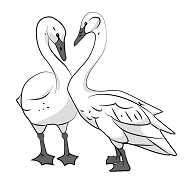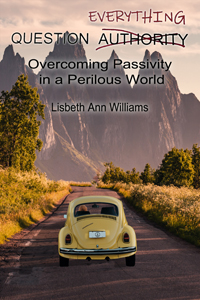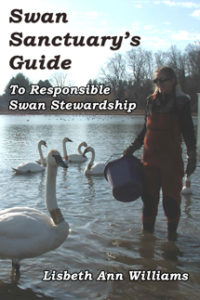Our human ability to move about the planet, taking whatever we wish along with us, has resulted in a world that is severely off balance. Numerous plant, bird, animal, and insect species have been transported to other parts of the world from which they originated. Some were brought intentionally, while others simply hitched a ride, undetected. Some have not survived; but some thrived so well that they pushed out our native species. Wherever soil is left bare, alien species often outcompete the native ones, spreading prolifically. They are then designated as weeds and we spray toxic poisons in a futile attempt to eradicate them.
The displacement of our native plant species is a huge problem because alien plants do not provide the food that is needed by the native fauna. The majority of butterflies and moths are host specific. This means that when they first emerge as caterpillars, they require a specific plant on which to feed and grow. Many of their host plants have disappeared and been replaced by acres and acres of monocultures – of corn, wheat, soy, and other crops. Since the butterflies cannot find the host plant on which to lay their eggs, they begin to decline. Of the approximately 800 North American butterfly species, more than half are currently threatened. We have already lost at least five butterfly species. The 12,000 moth species, of which most are nocturnal, also face disappearance. While most people are familiar only with the non-native European honey bee, nearly a quarter of our 4,000 native bees are in decline. About 350 of them already face the possibility of extinction.
Our pollinators are essential to the growth of those plants that provide food for us. It is going to take all of us to help bring our native flora and fauna back into balance. We can become citizen scientists. We can plant native plants in our yards. We can encourage our family, friends, and neighbors by setting an example. We can mentor our children because it is their future that we need to be concerned about.



